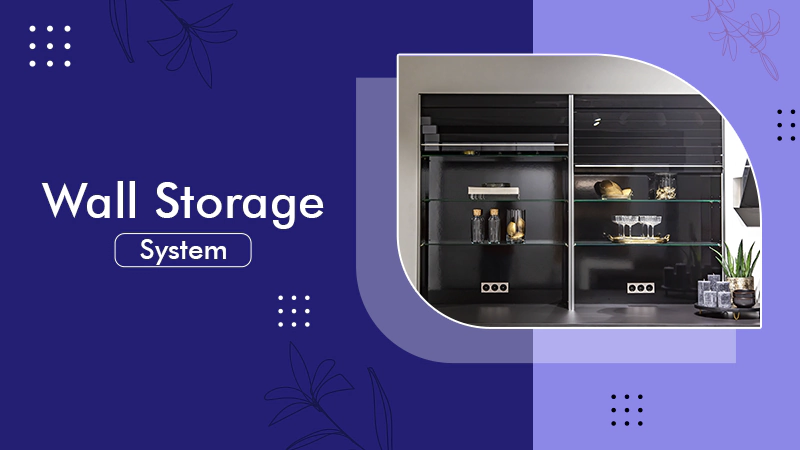Moving can be expensive, especially if you’re starting a new life in a new city or moving back to your hometown. Shipping your existing household goods can be your cost-saving solution!
Shipping household goods can help you cut the cost of your move by ensuring you don’t have to start your life all over again. It can save you valuable time and money you would have to spend looking for and buying new furniture, appliances and other valuable household goods!
But shipping household goods can also seem challenging. After all, you don’t want to damage your precious furniture or break your expensive appliances. That would defeat the purpose of shipping them in the first place!
In this blog, we’ll tell you how simple household goods shipping can be. Read on to understand the nitty-gritty of shipping household goods!
What is Involved in Shipping Household Goods?
Household goods shipping is the process of moving your household items over long distances. This may be within a state, across the country or even to international destinations.
The types of goods covered under household shipping include:
- Furniture: Sofas, bedroom sets, sectionals, dining tables and more.
- Appliances: Vacuum cleaners, microwaves, gas stoves, refrigerators and TVs.
- Personal Items: Paintings, decorative pieces, personal effects, photo frames and more.
Next, let’s take a quick look at the various factors that affect the process of shipping household goods:
- Distance: This determines both the cost and time required to ship your household goods. The longer the distance, the more the time and shipping cost.
- Size of Shipment: The shipment size will also impact the cost of shipping household goods, as bulkier shipments will require more space.
- Destination: The destination is important because of connectivity. For instance, if you live in an urban or well-connected area, carriers can reach you quite easily, thereby decreasing the cost and time of shipping. However, if you’re shipping to/from rural or poorly connected areas, the cost and time of shipping will increase.
Different Methods of Shipping Household Goods
There are four major ways in which you can ship your household goods. Your choice should depend on how bulky or expensive your household goods are. Here are the methods you can choose from:
- Hiring Professional Movers:
- Self-Packing and Shipping
- International Shipping
- Freight Services
How to Prepare for Shipping Household Goods
Preparing your household goods for shipping is a great way to eliminate the risk of damage to your items. Here are some tips for preparing your household goods:
- Decluttering and Downsizing: First, we suggest that you only ship what you need to. The best way to determine what to transport is to compare the cost of buying it anew and shipping it as is. If the cost of buying an appliance or a piece of furniture is higher, you should ship it.
- Packing Tips: Secure your household goods with bubble wrap, sturdy boxes or foam material. Ensure they don’t come into contact with moisture, heat or dust.
- Labeling and Inventory: Invest in a label maker to organize your move and shipment. This will help you load and unload your household goods as quickly as possible and decide where you want to pack your things.
- Customs Documentation for International Shipping: Lastly, if you’re shipping your goods to another country, ensure that you have all the required paperwork including the proof of origin and a certificate of ownership. Your carrier will guide you on what documents you need to ensure a smooth shipping experience.
Shipping Costs for Household Goods
Let’s get down to brass tacks. How much does it cost to ship your household goods? It depends on these factors:
Distance, Size, and Weight
The distance, size and weight of your shipment all affect the primary cost of shipping household goods. The further away the destination and the bulkier your shipment, the more it’ll cost to move!
Special Handling or Packaging
Another factor affecting the price of shipping is special handling or packaging requirements. For instance, if you need white-glove handling, under which your household goods get the royal treatment, it’ll drive up the cost of shipping but protect your goods from all elements.
Delivery Method and Timeframes
The delivery method refers to full truckload or less-than-truckload shipping. The FTL move will cost you more, so only go for it if you have a lot of goods to ship. LTL freight, on the other hand, can help you save on cost as long as your cargo doesn’t require too much space.
Further, if you need your goods to arrive in a specific timeframe, you can opt for expedited shipping. While this will cost you more than regular shipping, it’ll ensure that your goods arrive exactly when you need them.
Getting Accurate Shipping Quotes
One way to get a good deal on shipping household goods is to look for multiple quotes. We recommend that you look at the quotes holistically. This is because sometimes, companies submit lower bids that exclude certain services you need.
In such cases, it’s better to pay a higher up-front cost and save on any hidden or additional costs later on.
Additional Costs to Consider
Insurance
While comparing quotes, pay special attention to whether they include taxes and provide insurance coverage for your goods. We highly recommend that you only consider quotes that provide insurance, so you are protected from financial liability or damage to your goods.
Customs Duties
If you’re shipping your goods internationally, take special care to ensure that the quotes mention the customs duties you’ll be required to pay at the port of entry.
Special Services
Lastly, shipping companies may also charge extra for special services like white-glove handling or packaging. Use these services if your goods are bulky or require special handling to help you eliminate or minimize any possibility of damage to your household goods.
Challenges in Shipping Household Goods
- Damage During Transit: While not typical, your household goods may get damaged during transit due to weather events or while loading/unloading. To avoid damage, pack your goods using sturdy materials. We also recommend that you hire white-glove handling services if your household goods are fragile or require special handling.
- Delays: Delays may happen due to weather events, bottlenecks or logistical challenges like vehicle breakdowns. To avoid these, book your shipment as far in advance as possible. Further, periodically monitor your shipment and contact the customer service department if it has not moved in a while.
- Regulations and Restrictions: The last challenge you might encounter is customs or import restrictions. This is especially possible for international shipments. To ensure that this doesn’t hinder your shipment, ensure that all the required paperwork is in order.
Further, before you ship your goods, check a country-specific advisory on what can and cannot be shipped. For instance, hazardous materials, jewelry and furs may not be eligible for international shipping.
You’re Ready to Ship Your Household Goods…
Shipping household goods is a great way to move to a new city or country without incurring significant costs.
A professional shipping company can help you quickly and safely move your household goods to the destination of your choice in the timeframe you need.
To enjoy an extra smooth shipping experience, we suggest you hire a company that has experience in household goods shipping across a wide range of locations and offers transparent pricing and quotes.
A shipping marketplace can be an excellent place to compare different carriers based on their experience, timelines, services and reviews.
Remember, preliminary research will help you experience stress-free household goods shipping that is easy on your wallet and your well-being.
Happy shipping!










